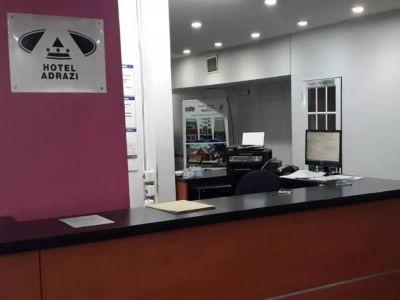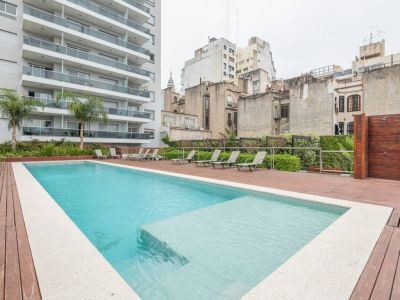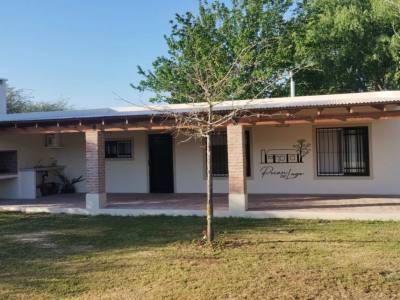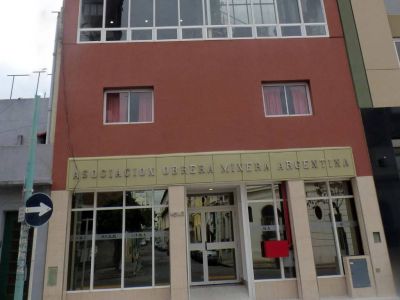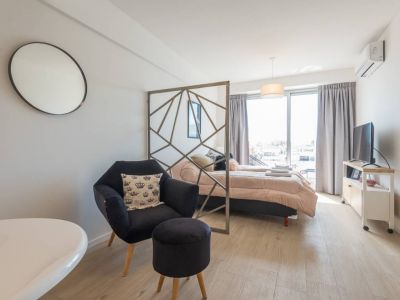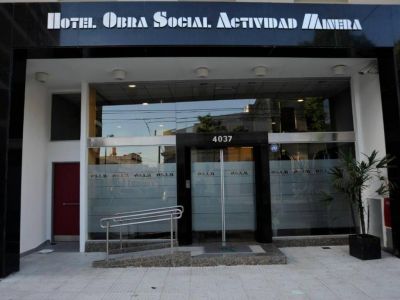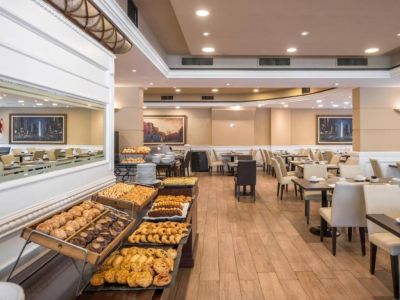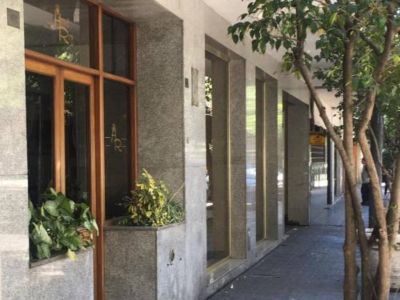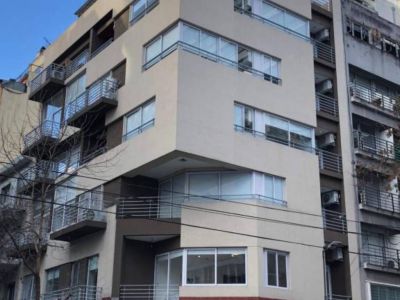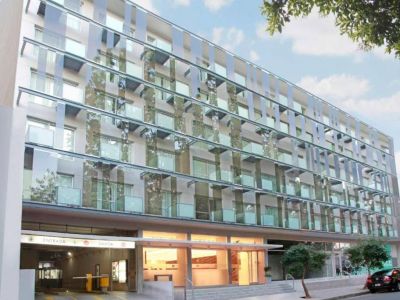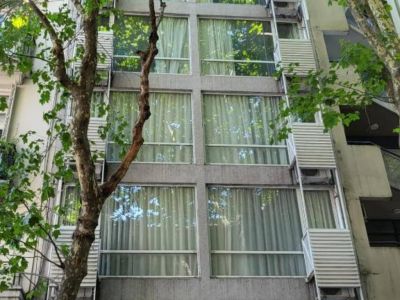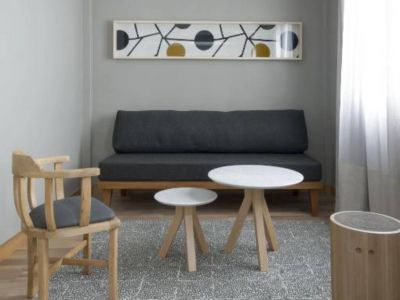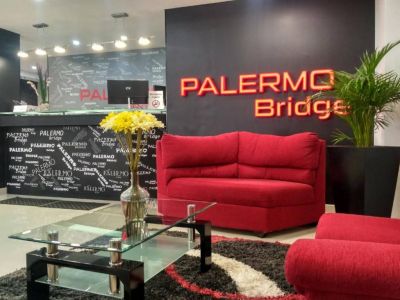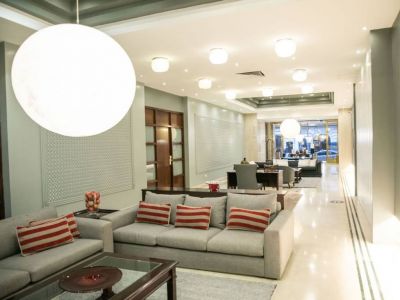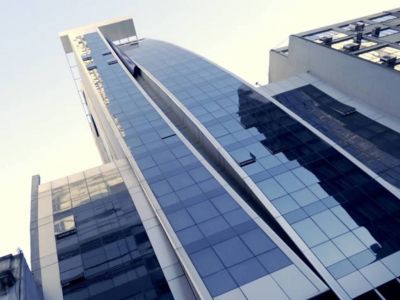Lezama Park Museum
Wonderful stories await to be unveiled behind its doors. In the neighborhood of San Telmo, the National Historical Museum is one of the most representative in the Federal District. Home of all the events that took place in Argentina, it also shows stories from Pre-Columbian America and anecdotes from the days of the colony.
Museo Histórico Nacional (MHN) (the National Historical Museum) is one of a kind. Located in one of the most typical neighborhoods of the porteño tradition, it synthesizes not only the history of Argentina but also the days of the Spanish colony and even the first nations. The venue has its own history. The owner of these lands, José Gregorio de Lezama, resolved to build a private park and residence with the latest luxury of the mid nineteenth century. However, once he passed away, his wife made the decision to sell those lands to the government of the city on condition that they would be used as public spaces. That is why the park was named after its former owner in the early 1900s and its mansion was remodeled to be used as a museum. Located at the highest point in Lezama Park today, MHN is the perfect reflection of ancient architecture. Its front gardens have been impeccably preserved. Many iron and bronze figures, such as old bells and cannons, are on display there. The gate known as Puerta de los Leones (Lions’ Gate), which connects the gardens with the park itself, is also intact.
Once inside, silence is the main protagonist. Visitors may go around the venue and even enter it again in order to join some guided tour. The first section is extremely interesting, as it describes the origins of the native peoples in the Argentinian territory. Countless tribes, maps showing their location and migration moves through time. Likewise, there are large vessels made of clay and rustic hunting weapons, which gives evidence of their primitive lifestyle. The second section displays colonial times. Images boast a remarkable religious tone. There are plenty of art pieces, but also a wide array of outfits, furniture, torture artifacts and luxurious items such as reliquaries and jewels. Farther ahead, the path forks. There are many rooms that shelter the vestiges of the May Revolution and the Argentinian Nation thereafter. Nevertheless, the auditorium is by far the most attractive of all its rooms. Featuring high ceilings teeming with light, this hall has two blocks of chair facing the main platform. Besides, the walls are almost completely covered by four imposing paintings that portray mostly the Conquest of the Desert carried out by Julio Argentino Roca in the late nineteenth century. The last two rooms of the museum have been devoted to the most significant hero in Argentinian history: The Liberator of America, José de San Martín. Many battle uniforms may be seen at the end of the circuit, as well as portraits of this hero and letters written by his fellow contemporaries, like Simón Bolívar himself. The next to last room treasures the jewel of the museum. At the end of a long corridor, surrounded by countless firearms and swords once owned by renowned soldiers who fought for Independence, there lies the curved saber of San Martín. Watched by a guard, the weapon remains intact and dazzling. It gives off intense patriotic glow, just like the amazing history of this country.
Federico Díaz
Federico Díaz






















